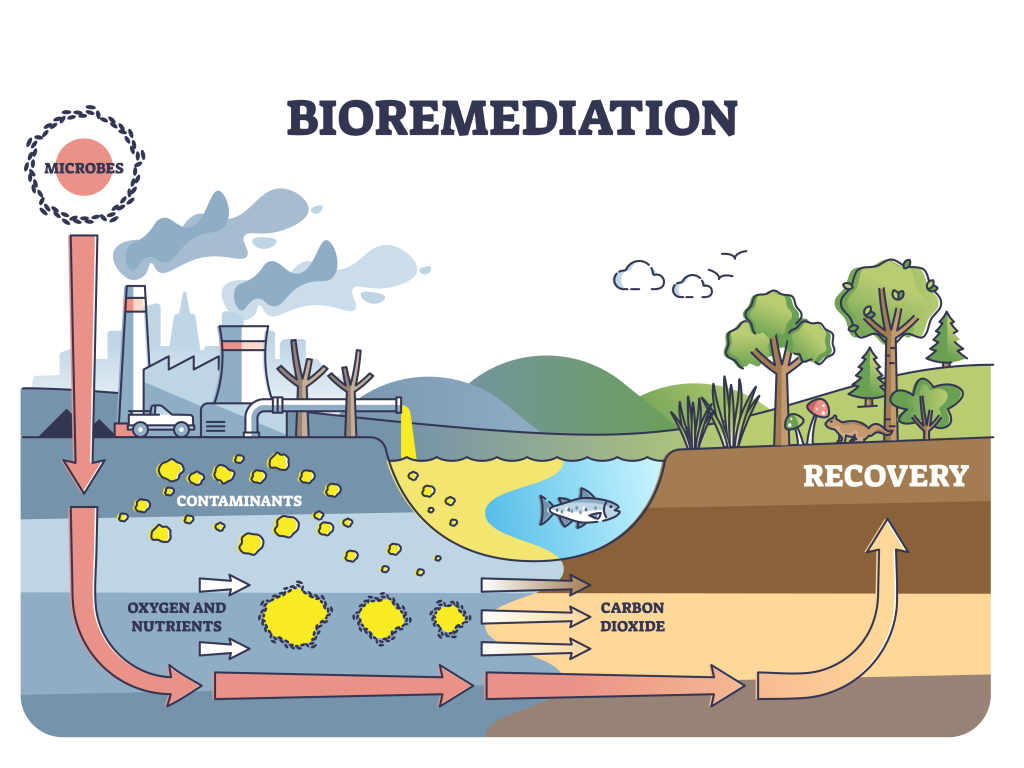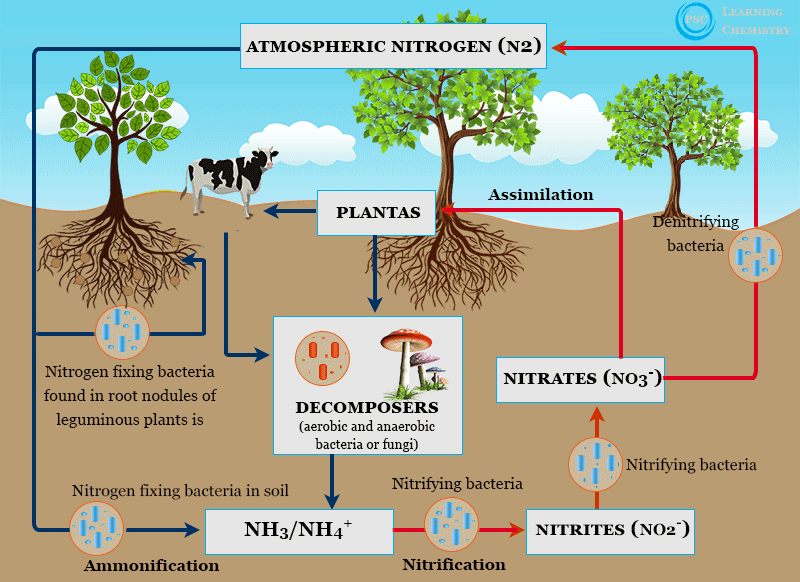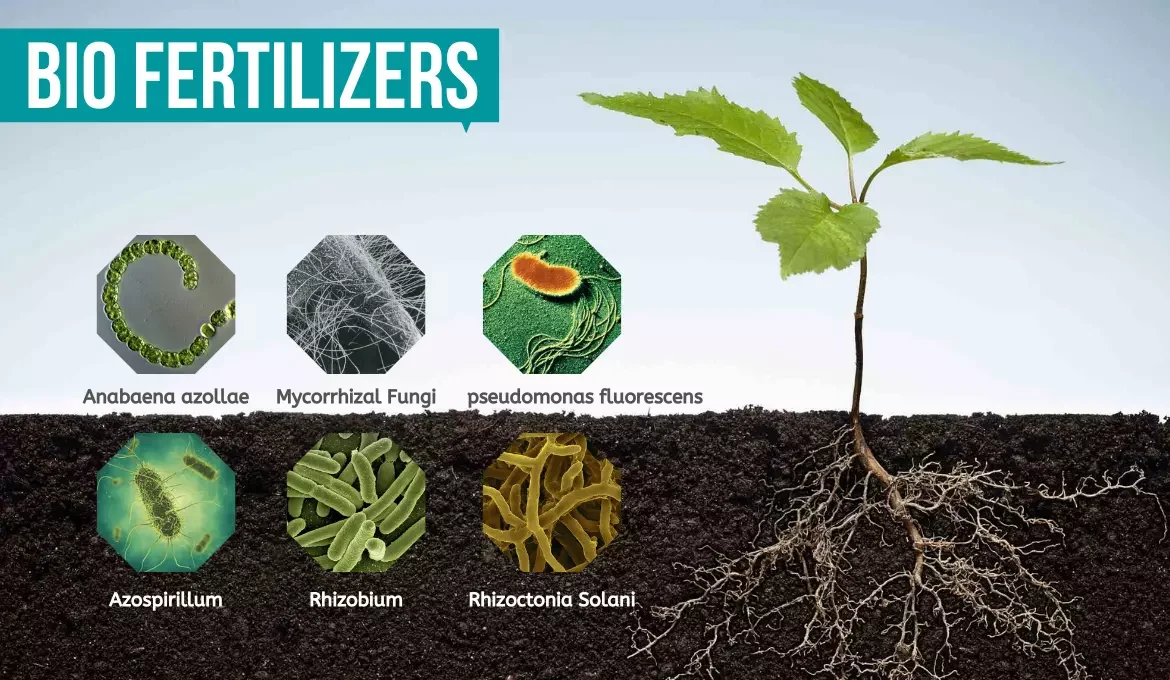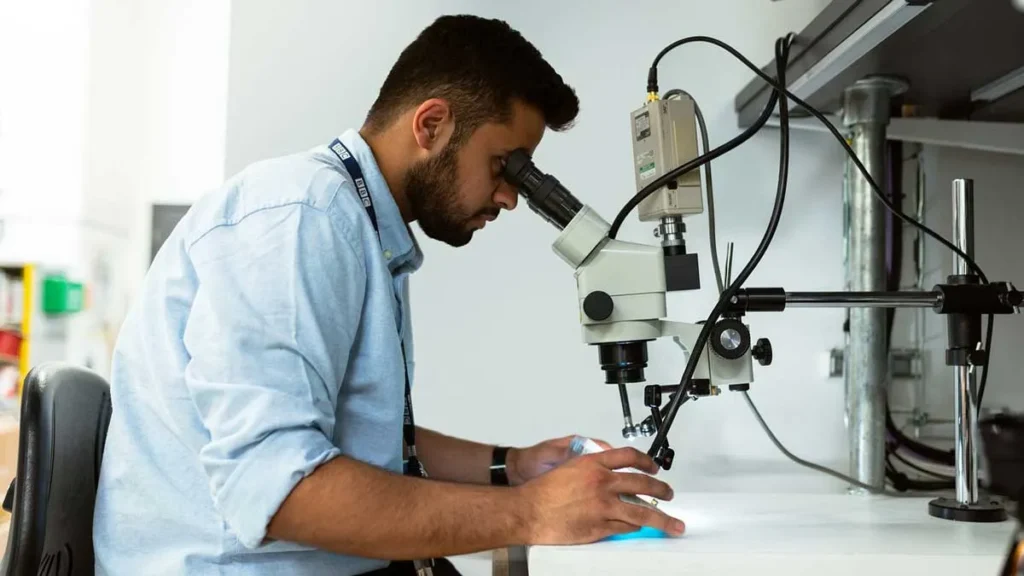Blog
Different Types of Bioremediation, Notes
Bioremediation refers to using living organisms, such as microorganisms, plants, or fungi, to degrade, detoxify, or remove environmental pollutants. The techniques for bioremediation can be classified into the following types: Microbial Bioremediation: Phytoremediation: ... Read more
Nitrogen Biofertilizers: Importance, Types, Mechanism, Benefits, Limitations, Applications, Examples, Notes
Nitrogen biofertilizers are natural fertilizers that contain nitrogen-fixing microorganisms capable of converting atmospheric nitrogen into forms usable by plants. They play a crucial role in sustainable agriculture by enriching the soil with biologically ... Read more
Biofertilizers: Benefits, Sustainability, Types, Challenges, Notes
Biofertilizers are natural fertilizers containing living microorganisms that promote plant growth by increasing the availability of essential nutrients in the soil. They play a vital role in sustainable agriculture by enhancing soil fertility, ... Read more
Biopesticides: Types, Advantages, Limitations, Applications, Notes
Biopesticides are natural pest control agents derived from biological sources such as microorganisms, plants, and certain minerals. They are used to manage pests in an environmentally sustainable manner, reducing the reliance on synthetic ... Read more
Biokinetic Properties of a Xenobiotic, Notes
The biokinetic properties of a xenobiotic refer to how the substance is absorbed, distributed, metabolized, and excreted (ADME) in a biological system. These properties determine the xenobiotic’s fate, toxicity, and potential therapeutic or ... Read more
Biochemical and Microbiological Methods of Inorganic Phosphorus Removal from Wastewater, Notes
Biochemical and Microbiological Methods of Inorganic Phosphorus Removal from Wastewater Removing inorganic phosphorus (P) from wastewater is a crucial process in mitigating eutrophication, a phenomenon caused by excessive nutrient accumulation in water bodies. ... Read more
Principle of Biological Wastewater Treatment Process, Notes
The biological wastewater treatment process is based on the natural ability of microorganisms to break down organic matter in wastewater into simpler substances such as carbon dioxide, water, and biomass. Microorganisms, including bacteria, ... Read more
Chemical Oxygen Demand (COD): Definition, Significance, Sources, Procedure, Applications, Limitations, Notes
Chemical Oxygen Demand (COD) is a critical parameter in wastewater analysis that measures the total amount of oxygen required to chemically oxidize organic and inorganic compounds in water. It serves as an indicator ... Read more
Fixed Film Technologies for Wastewater Treatment, Notes
Fixed film technologies are wastewater treatment methods where microorganisms grow on a stationary surface (a “film”) and treat wastewater as it flows over or through these surfaces. These technologies are widely used due ... Read more













